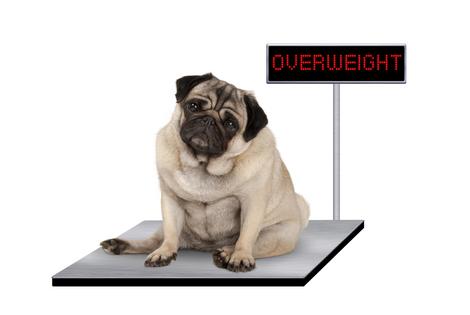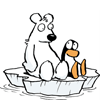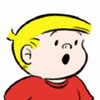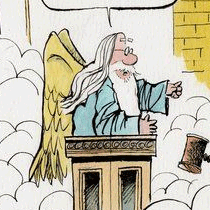My Pet World: The 'hangry' pug — Helping your dog lose weight without feeling cruel
Dear Cathy,
My vet says my pug, Toby, needs to lose five pounds, but he acts like he’s starving all the time. I’ve already cut back on his treats and reduced his food portions, but he just stares at me and follows me all through the house with those sad eyes until I cave. How can I help him slim down without feeling like I’m being cruel?
— Kate, Kenosha, Wisconsin
Dear Kate,
It’s easy to overlook a few extra pounds on a dog, especially when they seem healthy and happy. But your vet is right to be concerned. Five pounds may not sound like much to us, but for a small dog like Toby, it’s a big deal. That extra weight can put stress on his joints, strain his heart, and shorten his life.
Here’s what most pet parents don’t realize: simply cutting back on regular food rarely works. Regular dog foods are made to meet the needs of active, healthy-weight dogs. When you feed less, you also reduce the nutrients, fiber, and volume that make a dog feel full. The result? Toby is hungry, and you’re left feeling guilty.
If Toby only needs to shed a few pounds, you can start by switching to a weight-management formula available at most pet stores. These foods are designed with fewer calories and more fiber, helping dogs feel full without sacrificing nutrients. But if the weight isn’t coming off after a few months, or if your vet recommends a more structured plan, consider asking about a veterinary prescription diet made specifically for weight loss. These are formulated to help pets burn fat more efficiently while still feeling satisfied.
Add in a daily walk, a few play sessions, and low-calorie treats like green beans or small carrot pieces to his routine to help Toby get through the day. You can divide his meals into smaller portions throughout the day to help curb his hunger. Or you can measure out his daily food allowance in the morning. Every time you want to “give in,” just take a piece of kibble from that cup to give him, nothing extra. That way, his calories stay consistent.
You’re not being cruel by helping Toby slim down. You’re giving him more healthy, happy years with you. So, switch to a weight-management food and he should feel less hungry, more satisfied, and well on his way to a healthier weight.
Dear Cathy,
My cat, Luna, is an indoor-only cat. She never sets foot outside – no balconies, no open windows, nothing. My vet keeps reminding me about her booster shots, but I honestly don’t see the point. How could she possibly catch anything if she doesn’t go outside?
— Mark, Long Island, New York
Dear Mark,
Yes! “Indoor-only” cats can still be exposed to contagious diseases. Feline distemper can persist on floors and shoes in the right environment for up to a year and calicivirus for about 10 days. Viruses and bacteria don’t respect walls either; a bat, mouse, or sickly stray cat can slip inside through an open door or attic vent and expose your Luna to several diseases. Also, if Luna ever escapes or needs to be boarded, you’ll need proof of her vaccinations, especially for rabies, which is required by law in most states.
Vaccines are one of the simplest ways to prevent serious illness, and compared to treating those diseases, they’re inexpensive for peace of mind. If your veterinarian recommends them, it’s because they want to keep Luna healthy and protected for years to come.
Dear Cathy,
Regarding the recent column concerning puppies biting, I learned a great tip years ago. Touch fingertips to a tiny amount of butter. (It doesn’t even have to be visible on the fingertips). The puppy will lick, not bite, the fingers. Over a short time, the butter won’t be necessary, and you’ve stopped a bad habit from forming. This is especially effective when it comes to the fingers of little children.
— Paula, Brigantine, New Jersey
Dear Paula,
What an interesting idea! Puppies learn through positive associations, so pairing gentle touch with something pleasant, like a tiny taste of butter, could help them learn to lick instead of nip. Just be careful that the puppy doesn’t see the butter as a reward for biting.
Use it when the puppy is calm and stop as soon as you see progress, so it doesn’t become a habit. Combine this with basic bite-inhibition training, like saying “ouch,” pausing play, and redirecting to chew toys. Encourage calm handling from children, too, since their excitement can sometimes invite rough play. Thanks for sharing your tip!
_____
_____
========
(Cathy M. Rosenthal is a longtime animal advocate, author, columnist and pet expert who has more than 25 years in the animal welfare field. Send your pet questions, stories and tips to cathy@petpundit.com. Please include your name, city, and state. You can follow her @cathymrosenthal.)
©2025 Tribune Content Agency, LLC.
(c) 2025 DISTRIBUTED BY TRIBUNE MEDIA SERVICES, INC.












Comments